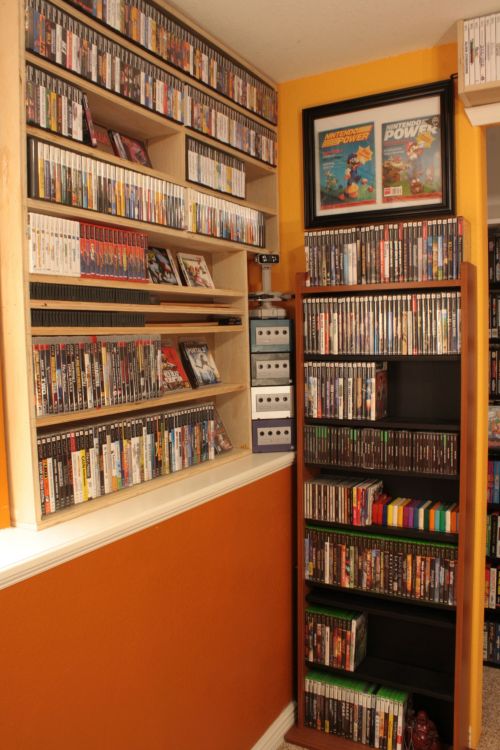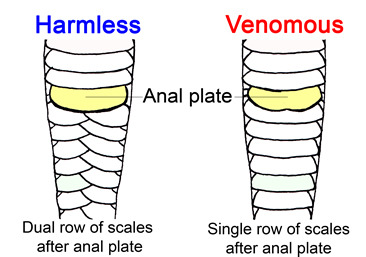
Jacob Lawrence, “Panel 3” (1940–41) (all images courtesy the Museum of Modern Art, New York)
I am only one generation removed from the history of African American migrants who, between 1917 and 1970, travelled North seeking economic opportunity, education, and respite from the strictures of Jim Crow South. The story that unfolds in the Museum of Modern Art’s (MoMA) One-Way Ticket: Jacob Lawrence’s Migration Series and Other Visions of the Great Movement North is therefore a deeply personal one. On my third and most recent visit, my pulse raced with anticipation as I walked toward the main gallery, even though I knew what was to come. The sound of many languages echoed throughout the hall as people from all over the world gathered to partake in the stories of my grandfather and grandmother, who both made their own migration North, where they settled in Wilmington, Delaware, and worked at a Chrysler factory for years. My grandfather was born and raised in rural Alabama. My grandmother picked cotton on a farm in Virginia.
For this reason, as a viewer I felt both grateful for the captions that accompany each image, written in Lawrence’s deceptively simplistic prose — “they did not always leave because they were promised work in the North. Many of them left because of Southern conditions … they were unable to make a living where they were” — and simultaneously possessed by a selfish impulse to shout at my fellow patrons: “This is living history!” It is not bound by the glass case holding its artifacts; neither is it a story book with a clear beginning and end that the rustic style of Lawrence’s illustrations might suggest.
Without rendering individuals as literary or political symbols, One-Way Ticket is a story we continue to see play out in the news, in courtrooms, and in overpoliced Black communities every day. It is prescient timing that this collection is brought together for the first time in 20 years, as One-Way Ticket is in direct dialogue with recent violence we’ve seen directed at Black bodies from Baltimore to New York, and in other urban centers where so many Black people concentrated during the Great Migration — and where they would be patrolled for years to come.

Installation view of ‘One-Way Ticket: Jacob Lawrence’s Migration Series and Other Visions of the Great Movement North’
The tempera panels themselves, positioned side by side, are like cells in a stock-reel animation. You can feel the hustle and bustle of the people and almost hear the scream of the train cars. Like Lawrence’s other collections, One-Way Ticket depicts a defining moment in African American history. His larger body of work also covers the life and times of Fredrick Douglass, the story of the Underground Railroad and journeywoman Harriet Tubman, and the Haitian revolution and leadership of Toussaint L’Overture.
Based on subject matter alone, his work could easily be read as uncomplicated narratives of Black heroism. A closer read, however, reveals a dark irony and macabre sense of humor that borders on the subversive.
In panel 16, for instance, a black woman slumps over a kitchen table in utter defeat. The caption reads: “Although the Negro was used to lynching, he found this an opportune time for him to leave where one had occurred.” Stated with a dry, almost casual tone, this caption both articulates the feeling of resignation and abandonment that the slumped woman conveys, while the odd word choice captures the absurdity and despair that must inhabit a place where there is anything “opportune” seen in a lynching.
In panel 44, after outlining the many reasons why Black people migrated to the North in the great numbers that they did — famine, floods, lack of education, Jim Crow, and lynchings — Lawrence reminds us with dubious conviction: “Living conditions were better in the North.” This statement is made without any support and is paired with the cartoonish image of a T-bone steak, like something in a mirage. The set of panels that follow dispel this myth, acknowledging that, in fact, life in the North for a majority of Blacks did not mean T-bone steak, but labor camps, housing discrimination, unhealthy living conditions, and race riots. Lawrence upturns the question of what was “better” or “worse” for Black people, honing in instead on the cross-cutting and overarching systems of oppression that define both the American North and South.
Finally, in an image meant to illustrate (and critique?) the role of the black church as a social hub of growing urban Black communities, the black congregation joins in worship, overlooked by a mural of a white Jesus and Mother Mary.
The adjoining rooms contain a vast collection of photographs, paintings, writings, and archival footage from the 1920s, ’30s, and ’40s. Over the speakers an array of African American musicians and composers offer a soundtrack to this experience that ranges from the epic sweep of William Grant Still’s symphonies to the back-water-blues of Bessie Smith.
Other highlights include the streaming archival footage of Billie Holiday crooning “Strange Fruit.” Slinking on stage in a shimmery knit dress, thin and wan, her lips curl around the notes as she leads you on a journey. You can see the Spanish moss and smell the rot of Magnolias, sweet and fresh.
The photography collection, subtitled The Artist as Historian, stands as one of the most impressive features of One-Way Ticket, containing work by Ben Shahn, including “Picking Cotton, Pullaski County Arkansas” (October 1935), and Gordon Parks, “Children with Doll, Washington DC” (1942). Paired with the thunder of Paul Robeson’s rendition of “Ol Man River” (1928), you can hear the clouds gather on the horizon of Shahn’s “Picking Cotton,” and almost feel the breeze through the cotton stalks as the subject’s gaze strikes the viewer as vast as the landscape.
Parks’s “Children with Doll” is equally enigmatic, depicting two knobby-kneed black children affectionately posing with a blond and blue-eyed baby doll. Here, Parks centers a discourse on the roles that advertising culture, media, and representation play in the systemization of oppression and the stigmatization of Blackness, echoing the symbolism of Lawrence’s conspicuous white Jesus.

Ben Shahn, “Picking Cotton, Pullaski County Arkansas” (October 1935)
In another astonishing photo by Parks, “Bedroom Wall (Woman in her bedroom, Southwest section, Washington, DC)” (1942), a Black woman in a work dress sits on the edge of a bed, her hands resting behind her as she gazes into the distance. In the reflection of a round mirror the viewer glimpses her in a private and no doubt rare moment of stillness. Behind her is a dresser with a circle-shaped vanity. The “O” of the vanity creates a circle within the circle of the reflecting mirror — a black hole, a distortion. Next to her reflection hangs a photograph of President Franklin D. Roosevelt, his iconic, white face intruding on the composition, further alienating the woman’s sense of place. She is trapped, as it were, in a hall of mirrors. She could be my grandmother, and, incidentally, a description of the image reveals that, like my grandmother, at one point in her life, this woman too made a living cooking and cleaning for white people. Looking at the woman in this photograph and the range of other familiar images, sounds, and aesthetics that make up One-Way Ticket, it becomes clear to me that this isn’t just my history or an African American story, and neither is it the past exactly. This is American life.
One-Way Ticket: Jacob Lawrence’s Migration Series and Other Visions of the Great Movement North continues at the Museum of Modern Art (MoMA) (11 W 53rd St, Midtown West, Manhattan) through September 7.



























































































